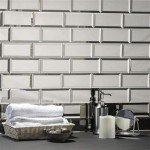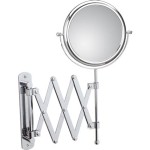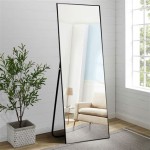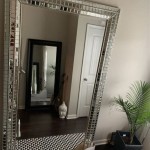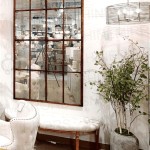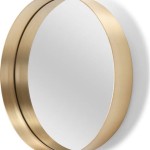Painting Over a Gold Mirror Frame
Many individuals find themselves with outdated or aesthetically mismatched gold mirror frames. Painting offers a cost-effective solution to update these pieces and integrate them seamlessly into a room's decor. This article outlines the necessary steps and considerations for successfully painting a gold mirror frame.
The first step involves preparing the frame for painting. This is crucial for ensuring proper paint adhesion and a smooth, professional finish. Begin by cleaning the frame thoroughly. A mild detergent solution applied with a soft cloth effectively removes dust, grime, and fingerprints. For stubborn residue, a gentle scrubbing with a soft-bristled brush may be necessary. Allow the frame to dry completely before proceeding.
Next, protect the mirror surface. Masking tape provides an effective barrier against errant paint strokes. Carefully apply the tape along the inner edge of the frame, ensuring complete覆盖age of the mirror's edge. Wider tape offers greater protection and simplifies the taping process. Press firmly along the tape's edge to create a secure seal and prevent paint seepage.
Gold mirror frames often feature a smooth, glossy finish. This surface can hinder paint adhesion. Therefore, lightly sanding the frame is recommended. Fine-grit sandpaper (e.g., 220-grit) is ideal for this purpose. Sanding creates slight abrasions on the surface, providing a better grip for the primer and paint. After sanding, wipe down the frame to remove any dust particles.
Applying a primer is a vital step, especially when painting over metallic finishes like gold. Primer enhances paint adhesion and provides a uniform base for the topcoat, resulting in a more durable and even finish. Select a primer specifically designed for glossy surfaces or metal. Apply a thin, even coat using a brush or spray can, ensuring complete coverage of the frame. Allow the primer to dry thoroughly according to the manufacturer's instructions.
Once the primer has dried, the frame is ready for painting. Choose a high-quality paint formulated for interior use. Acrylic or latex-based paints are generally recommended for their durability and ease of application. Select a sheen level that complements the desired aesthetic. For a subtle look, consider a matte or eggshell finish. For a more dramatic effect, a semi-gloss or gloss finish can be used.
Apply the paint using smooth, even strokes. Multiple thin coats are preferable to one thick coat, as this minimizes the risk of drips and ensures a more even finish. Allow each coat to dry completely before applying the next. The number of coats required will depend on the paint color and opacity. Lighter colors may require additional coats for full coverage.
After the final coat of paint has dried, carefully remove the masking tape. Peel the tape slowly and at an angle to avoid pulling up any freshly applied paint. If any paint has seeped under the tape, a sharp utility knife can be used to carefully score the paint along the edge of the frame before removing the tape. This helps to create a clean line.
Different painting techniques can be employed to achieve specific aesthetic effects. For a distressed or antique look, sanding techniques can be applied after the paint has dried. Dry brushing, a technique that involves lightly brushing a contrasting color over the raised areas of the frame, can add depth and texture. Stenciling or decorative painting techniques can also be used to create unique and personalized designs.
Proper ventilation is essential throughout the painting process. Work in a well-ventilated area or utilize a respirator mask to minimize exposure to paint fumes. Protect the surrounding area with drop cloths or newspapers to prevent accidental paint splatters. Clean brushes and other painting tools immediately after use, following the manufacturer's cleaning instructions.
Choosing the right paint color is crucial for integrating the newly painted mirror frame into the existing decor. Consider the room's overall color scheme, the style of the mirror, and the desired ambiance. Neutral colors, such as white, black, or gray, offer versatility and can complement a wide range of styles. Bold colors can create a statement piece and add a pop of personality to the room.
By following these steps and considering the various options available, individuals can successfully transform a dated gold mirror frame into a stylish and updated piece that complements their personal aesthetic and enhances their home decor. This simple DIY project can significantly impact a room's overall appearance without requiring significant financial investment.

How To Paint Gold Mirror Frame Keeping The Ornate Features Vickymyerscreations

How To Paint A Mirror Frame Gold Remodelando La Casa

How To Paint Gold Mirror Frame Keeping The Ornate Features Vickymyerscreations

How To Paint A Mirror Frame Gold Remodelando La Casa

How To Paint A Mirror Frame Gold Easily In Two Steps

How To Paint A Mirror Frame Gold Remodelando La Casa

Spray Painted Gold Yard Mirror How To Paint A Frame

How To Paint A Mirror Frame We Moved Visit Ashleyburk Com

12 Techniques To Painting Antique Mirrors Hallstrom Home

How Do You Distress A Gold Mirror Frame Hometalk


